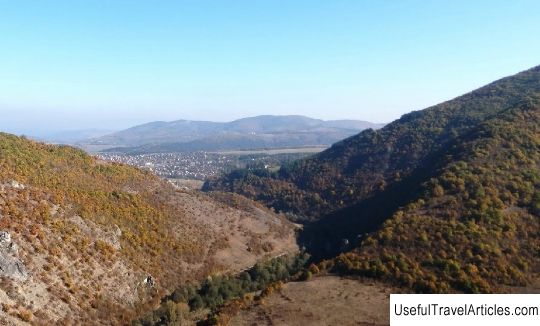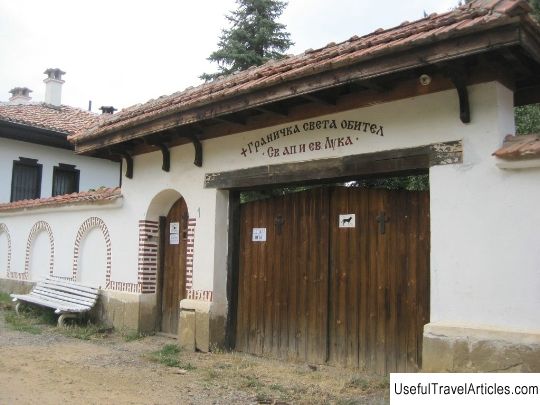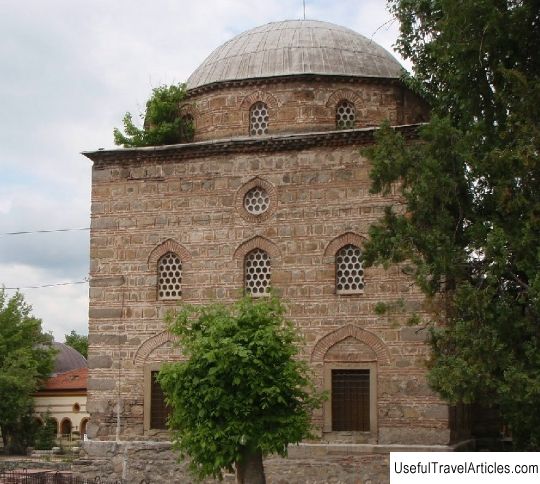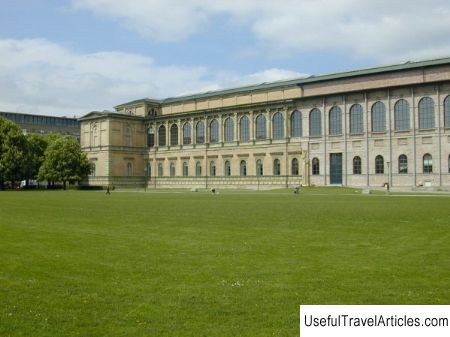Zemensky monastery description and photos - Bulgaria: Kyustendil
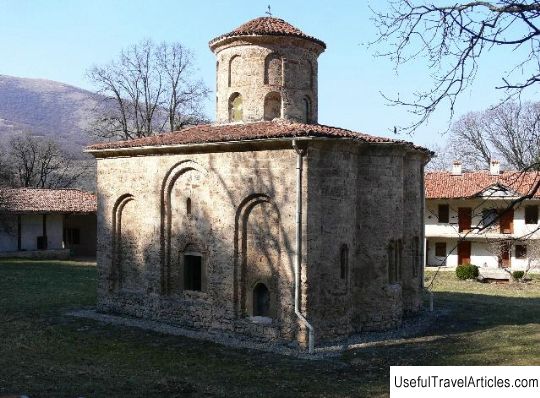
Zemensky monastery description and photos - Bulgaria: Kyustendil. Detailed information about the attraction. Description, photos and a map showing the nearest significant objects. Photo and descriptionZemensky Monastery is located on the banks of the Struma River, almost 40 kilometers north of Kyustendil, and 60 kilometers from Sofia. The monastery was founded in the 11th century, but currently the monastery is not active. Since the beginning of the 20th century, it has been a branch of the Bulgarian National History Museum. The only building that survived the occupation of Bulgaria by the Ottoman Empire was the Church of St. John the Theologian, which became the main attraction. All other buildings of the monastery complex were restored only closer to the end of the 19th century. As a result of the reconstruction, the restorers were forced to change the appearance of the temple, however, today this kind of architecture cannot be found in the Balkans. The church is a cube-shaped structure which is crowned with three semi-cylindrical apses, equal in height. The roof is realized as a four-walled pyramid with a dome at the very top. The interior is rich in all kinds of frescoes dating from the XIV century. Here you can even see the image of Ivan Rilski, considered one of the first of its kind. Each fresco is decorated with thoroughly detailed everyday details, which allows us to make the assumption that the artists painted portraits from life. One of the unique images was the depiction of non-classical biblical scenes: the Zemen artist invented to draw the scene of the creation of nails, with which Jesus would later be crucified. This scene is not found in either apocryphal literature or gospel texts, and it has no analogues in religious painting.      We also recommend reading Memorial complex ”Fighters for Soviet Power” description and photos - Belarus: Mogilev Topic: Zemensky monastery description and photos - Bulgaria: Kyustendil. |
